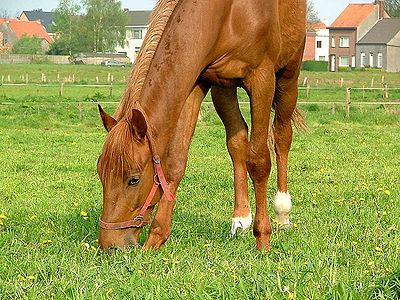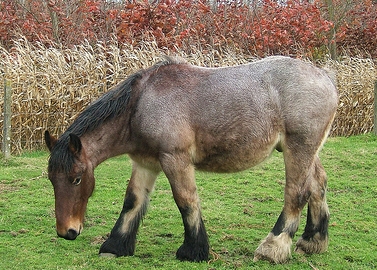
2013
In central Virginia, several cases of Potomac Horse Fever (PHF) were reported. There are also known cases in parts of South America, Europe and India. PHF is found throughout North America and Canada where 3 provinces have had cases of PHF. PHF was formerly known as Equine Monocytic Ehrichiosis or Equine Ehricial Colitis.
PHF is usually found in wet areas such as creeks, rivers, ponds, lakes and wet pastures. The horse ingests freshwater snails and aquatic insects such as mayflies, dragonflies, damselflies, etc. and the parasites they carry along with the drinking water. It is caused by Neoricksettsia risticii carried by ticks, flukes, parasitic worms as well as aquatic insects with snails as hosts in the fluke cycle. It’s believed that keeping lights on in or around the barn or stable attracts these insects too.
Symptoms are not eating, fever, diarrhea, gastrointestinal distress, and in later stages, toxemia, dehydration and laminitis. After ingestion of insects, the incubation period is 1 to 3 weeks.
Diagnosis is made through blood tests and tissue and feces samples testing. Sometimes other diseases are present along with PHF which can have similar symptoms and mean a poor prognosis.
Treatment is with the antibiotic, oxytetracycline administered by a veterinarian for 3-5 days. Prognosis is better when caught early.
Keep horses off wetlands, rivers, ponds, lakes and low lying pastures durng peak season from mid to late summer.
There is a vaccine, but it is made with only one strain of the parasite. It offers some protection but it’s not clear how effective it is. In some cases, it may help with symptoms but does not prevent infection and illness.

